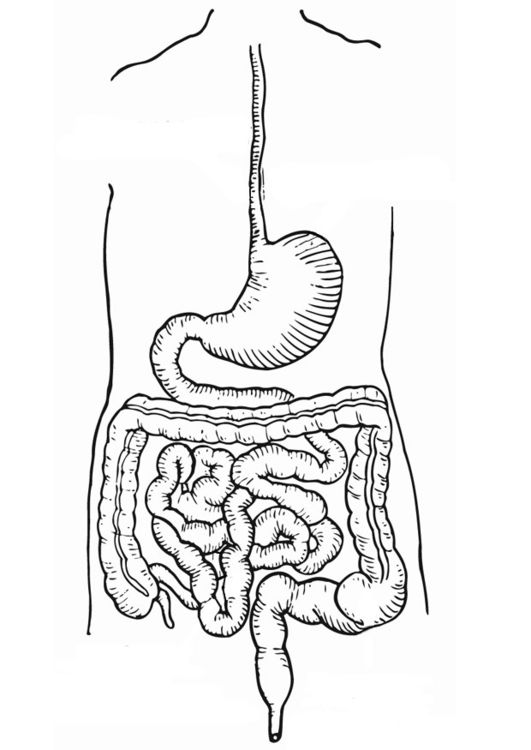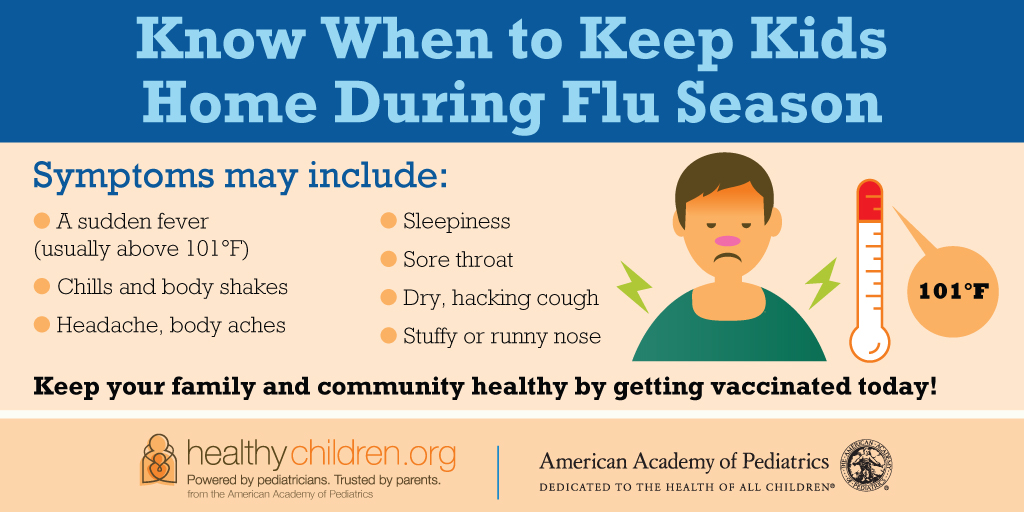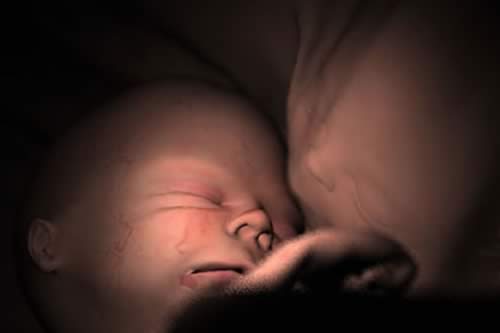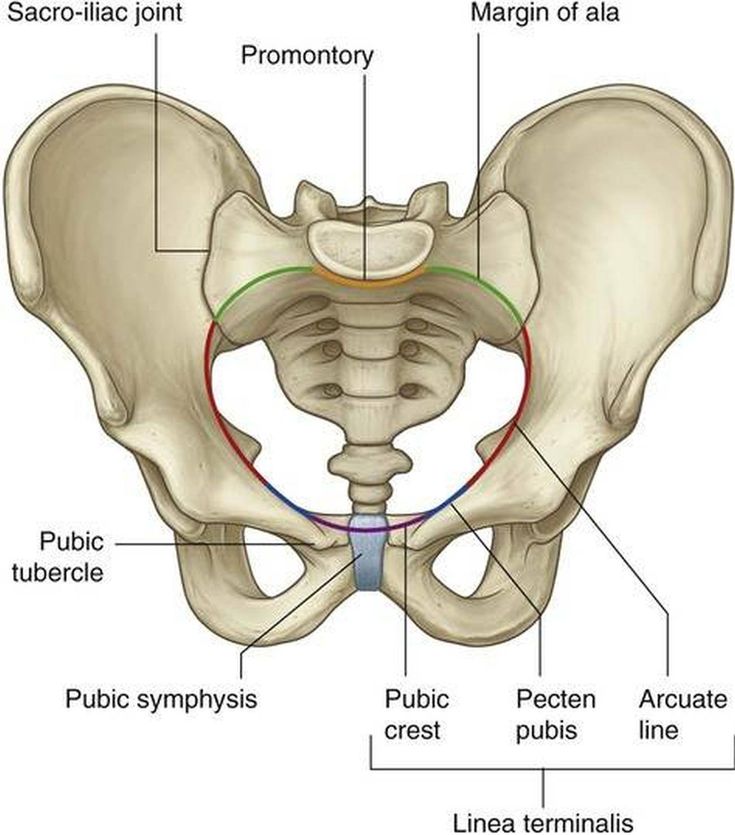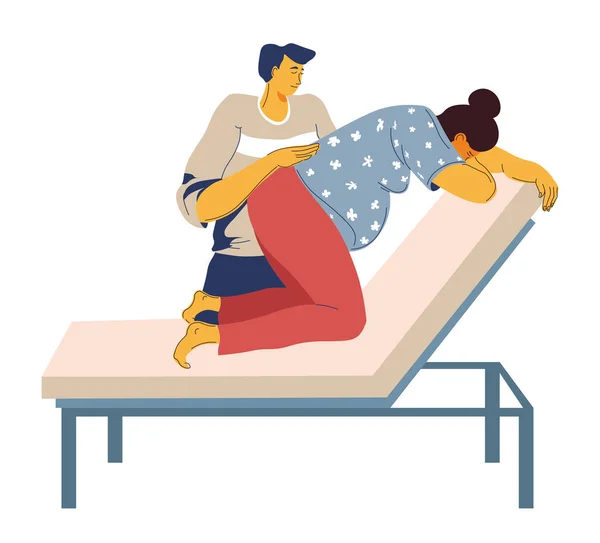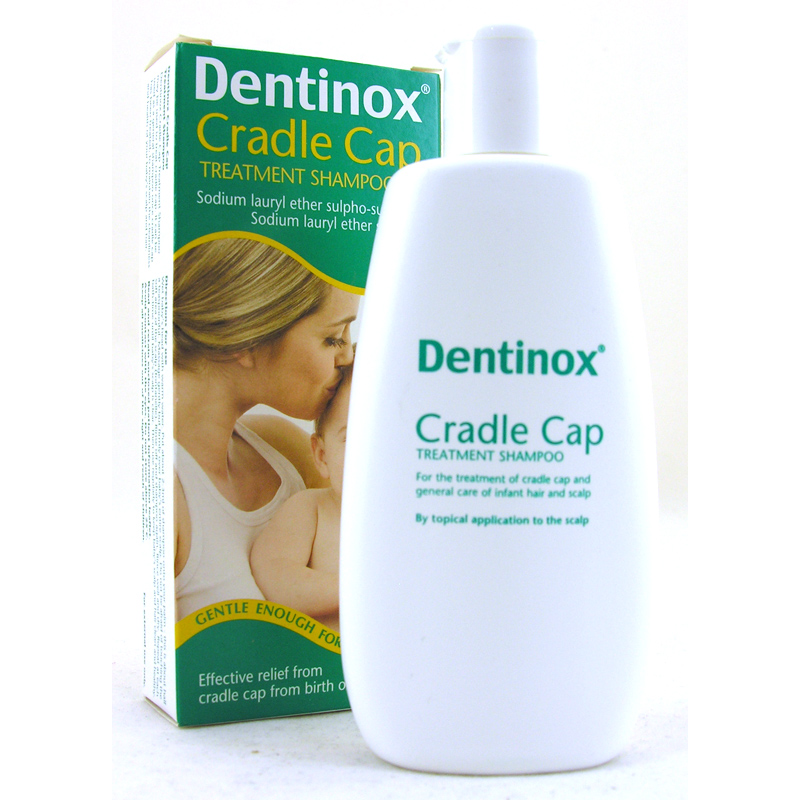Bumps on my baby
Common childhood rashes | Pregnancy Birth and Baby
If your child has a seizure, call triple zero (000) immediately and ask for an ambulance.
If you think your child might have meningococcal rash, go to the nearest emergency department immediately.
Key facts
- There are many different types of childhood rashes. Many are not serious.
- If your child has a rash and fever, they should see their doctor.
- If your child has a meningococcal rash, go immediately to the emergency department.
Meningococcal rash
If you think your child might have meningococcal rash, go to the nearest emergency department immediately.
You can read more about serious childhood rashes here.
Rashes with no fever or itching
Milia (blocked oil glands)
Up to 1 in every 2 newborn babies develop small white spots called milia on their face, especially on the nose. These are just blocked pores, and they’re not itchy or contagious. They usually clear up without treatment within a few weeks.
Erythema toxicum
Many newborns develop a blotchy red skin reaction called erythema toxicum, which can appear between 2 days and 2 weeks after birth. Flat, red patches or small bumps often first appear on the face and spread to the body and limbs. The rash is harmless, not contagious, and will clear after a few days or a week.
Baby acne
Some babies get pimples on their cheeks and nose in the first three months of life. These pimples normally disappear without any treatment, usually within a few months.
Nappy rash
Nappy rash is inflammation of the skin in the nappy area. It can look red, sore and inflamed. Nappy rash is usually caused by urine (wee) or faeces (poo) irritating the skin.
To avoid nappy rash, keep the nappy area clean and dry with frequent nappy changes and nappy-free time. You can help protect the skin by putting on a barrier cream such as zinc or soft white paraffin at each nappy change.
Persistent nappy rash can be treated with a medicated cream. Don’t use talcum powder or antiseptics to treat nappy rash. If your baby develops a fungal infection, you’ll need to use an antifungal ointment. Ask your doctor or pharmacist for advice.
Erythema multiforme (minor)
Erythema multiforme is a rash triggered by an infection (most commonly herpes simplex virus), medicine or an illness. Your baby might feel unwell or have a mild fever before the rash appears. Red spots develop on the hands, feet, arms and legs and spread symmetrically across both sides of the body. The spots often become raised or blistered and then develop into classic target-like lesions.
Erythema multiforme is not contagious, and usually resolves without treatment in 3 to 6 weeks.
Keratosis pilaris (‘chicken skin’)
Keratosis pilaris is a harmless condition where the skin becomes rough and bumpy, as if permanently covered in goose pimples. These bumps most commonly occur on the upper arms and thighs.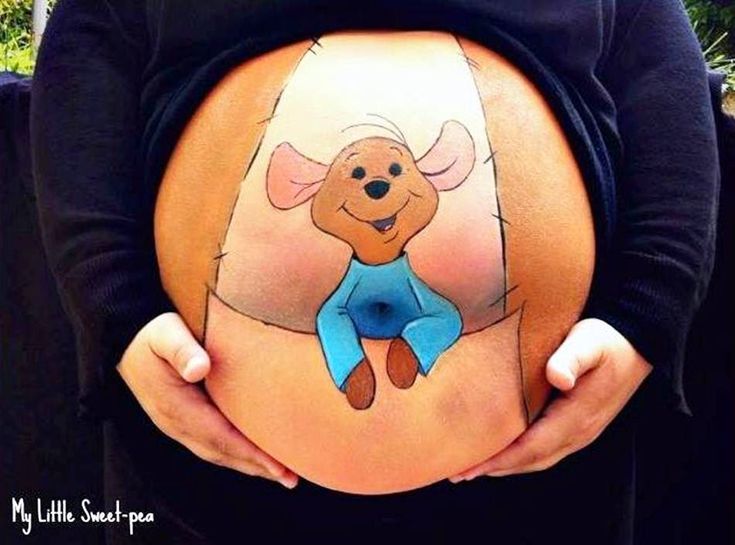 You can try several things to help the rash to clear up, including moisturising regularly.
You can try several things to help the rash to clear up, including moisturising regularly.
Rashes that might be itchy
Eczema (Atopic dermatitis)
Eczema is a very common skin condition affecting 1 in 3 Australians. It causes the skin to become itchy, red, dry and cracked, often in the creases at the knees and elbows.
Eczema commonly starts before a baby is 12 months old. Eczema follows a relapsing-remitting course. This means that there are flare-ups of the rash, followed by periods where there is no rash or a minimal rash.
Eczema management includes preventative treatment such as avoiding skin irritants, moisturising regularly and using bath oil. Treatment of flare-ups includes using steroid and anti-inflammatory creams.
Ringworm (tinea)
Ringworm is a common, contagious skin infection that causes a ring-like red rash with a clear centre. It commonly occurs on the scalp, feet and groin, but it can appear almost anywhere on the body.
Ringworm is caused by a fungus, not a worm, and is usually treated with over-the-counter antifungal creams. You should keep your child home from childcare or school until a day after you have started treatment to prevent spreading the infection.
You should keep your child home from childcare or school until a day after you have started treatment to prevent spreading the infection.
Prickly heat (heat rash)
Heat rash might appear if your baby gets hot in a humid environment. The rash shows as tiny red bumps or blisters on the skin, which can be very itchy. Cooling your baby down and avoiding humidity is the best way to prevent heat rash, which usually clears within 2 to 3 days without treatment.
Impetigo (school sores)
Impetigo is a highly contagious bacterial infection of the skin. It causes red sores and blisters that form a yellow crust. It is very common in children aged 2 to 6, and it is not usually serious in this age group, but it can be dangerous for newborn babies.
If your child has impetigo, you should see your doctor, who might prescribe an antibiotic cream, ointment or tablet. This should clear the infection within 7 to 10 days. Keep your child home from childcare or school and away from young babies until the sores have dried up, usually a few days after treatment starts.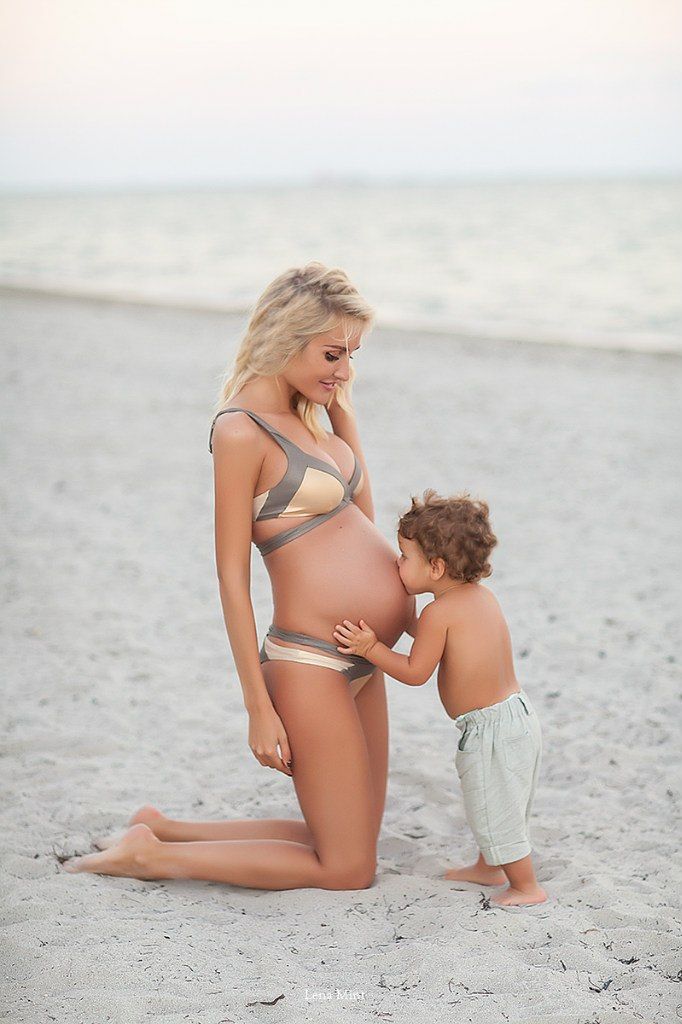
Hives (urticaria)
Hives is a raised, red, itchy rash. It is common on the chest, stomach and back, as well as the throat and limbs, but it can appear on any part of the body. Hives usually disappears within a few days without any treatment. Antihistamines can be given to relieve itching. If the rash doesn't go away, you should see your doctor.
Hives isn’t usually serious, but it can be a sign of a more serious allergic reaction (anaphylaxis). If your child develops hives after eating, or together with other symptoms such as vomiting, dizziness or trouble breathing, you should seek urgent medical attention.
If your child has symptoms of a serious allergic reaction (anaphylaxis), call triple zero (000) immediately and ask for an ambulance.
Pityriasis rosea
Pityriasis rosea is a mild skin rash that sometimes appears after a sore throat, cold or fever. It begins with a single pink or tan-coloured patch on the chest or back. Red, oval-shaped patches, which may be itchy, then appear on the chest or back and limbs over the next weeks.
The exact cause of pityriasis rosea is unclear, and it is not thought to be contagious. The rash usually clears up within a couple of months without treatment.
If you are pregnant, pityriasis rosea can in rare cases lead to complications. See your doctor if you are pregnant and have contact with a child who has pityriasis rosea.
Molluscum contagiosum
Molluscum contagiosum is a viral skin infection that is spread by skin-to-skin contact or by sharing swimming pool water, bath water or towels.
Molluscum contagiosum spots look like pimples and grow into round pearly white lumps, usually 2 to 5 millimetres in size. They can be itchy. They usually heal without treatment within 6 months, but sometimes longer.
Rashes with fever
Slapped cheek disease (fifth disease)
Slapped cheek disease is a viral infection that mainly affects pre-school and school-age children. It typically causes a bright red rash on both cheeks that spreads as a ‘lacy’ rash on the body and limbs. Occasionally, it causes a fever.
Occasionally, it causes a fever.
Slapped cheek disease is usually mild and clears up in a few days without treatment. The child is contagious before the rash appears, but not once it has appeared.
If you are pregnant and catch the virus, it may cause a type of anaemia in your unborn baby. It can also cause miscarriage. If you suspect you or your child has slapped cheek disease, you should avoid contact with people who might be pregnant.
Hand, foot and mouth disease
Hand, foot and mouth disease is a mild but highly contagious viral illness. It causes a rash on the palms of the hands and soles of the feet and blisters in the mouth. It is not the same as the foot-and-mouth disease that affects farm animals.
The disease is common in childcare and kindergartens. Your child might feel unwell and have a fever and blisters on the hands and feet and in the mouth and in the nappy area. The illness usually lasts about 7 to 10 days. Children with hand, foot and mouth disease should stay away from childcare or school until all the blisters have dried up.
Hand, foot and mouth disease usually resolves on its own without complications. In rare cases, it can be more serious, especially if you have a weakened immune system or are pregnant. Complications can include infections of the brain and heart muscle and miscarriage.
Roseola infantum
Roseola infantum is a contagious viral infection that can cause cold-like symptoms and a high fever. The high fever may last for a few days. Roseola infantum can also cause some children to have a febrile convulsion (seizure).
Children with roseola infantum develop a rash after the fever has resolved. The rash looks like raised pink spots that start on the chest, stomach and back and spread to the limbs. The child is contagious before the rash appears, but not after. The rash usually lasts 3 to 5 days.
Febrile convulsions can look scary but are generally not harmful.
If your child has a seizure, call triple zero (000) immediately and ask for an ambulance.
When to seek help
Many babies develop a skin rash in their first days or weeks of life as their sensitive skin adapts to a new environment. Most rashes are harmless and go away on their own, but if your baby seems unwell, or if you’re worried, you should see your doctor. They can advise about the cause and whether treatment is necessary.
Most rashes are harmless and go away on their own, but if your baby seems unwell, or if you’re worried, you should see your doctor. They can advise about the cause and whether treatment is necessary.
Whatever their age, you should take your child to the doctor if they have a rash and persistent high temperature, cold or cough symptoms or swollen neck glands.
Treatment of common childhood rashes
If you think your child might be contagious, they should stay at home. Keep them away from school, childcare and other children. You should also keep them away from people who are pregnant, or who might be pregnant, since some childhood infections can cause serious problems in unborn babies.
You can use paracetamol or ibuprofen (in babies aged over 3 months) to reduce fever — read the packet instructions carefully to ensure your child receives the right amount for their age and weight.
Your pharmacist can advise you on treating the symptoms of common rashes. For example, you can use over-the-counter creams to prevent itchiness.
If you are concerned about your child’s rash, call Pregnancy, Birth and Baby on 1800 882 436 to talk to a maternal child health nurse, or call Healthdirect on 1800 022 022 to talk to a registered nurse. Alternatively, contact your doctor.
Speak to a maternal child health nurse
Call Pregnancy, Birth and Baby to speak to a maternal child health nurse on 1800 882 436 or video call. Available 7am to midnight (AET), 7 days a week.
Learn more here about the development and quality assurance of healthdirect content.
What are those bumps on my child's skin?
Diseases & conditions
- Coronavirus Resource Center
- Acne
- Eczema
- Hair loss
- Psoriasis
- Rosacea
- Skin cancer
- A to Z diseases
- A to Z videos
- DIY acne treatment
- How dermatologists treat
- Skin care: Acne-prone skin
- Causes
- Is it really acne?
- Types & treatments
- Childhood eczema
- Adult eczema
- Insider secrets
- Types of hair loss
- Treatment for hair loss
- Causes of hair loss
- Hair care matters
- Insider secrets
- What is psoriasis
- Diagnosis & treatment
- Skin, hair & nail care
- Triggers
- Insider secrets
- What is rosacea
- Treatment
- Skin care & triggers
- Insider secrets
- Types and treatment
- Find skin cancer
- Prevent skin cancer
- Raise awareness
- Español
Featured
Monkeypox: What you need to knowMonkeypox is a contagious disease that causes a rash. A board-certified dermatologist explains what the rash looks like and when to seek medical care.
A board-certified dermatologist explains what the rash looks like and when to seek medical care.
This contagious skin disease will usually clear on its own, but sometimes dermatologists recommend treating it. Find out when.
Everyday care
- Skin care basics
- Skin care secrets
- Injured skin
- Itchy skin
- Sun protection
- Hair & scalp care
- Nail care secrets
- Basic skin care
- Dry, oily skin
- Hair removal
- Tattoos and piercings
- Anti-aging skin care
- For your face
- For your skin routine
- Preventing skin problems
- Bites & stings
- Burns, cuts, & other wounds
- Itch relief
- Poison ivy, oak & sumac
- Rashes
- Shade, clothing, and sunscreen
- Sun damage and your skin
- Aprenda a proteger su piel del sol
- Your hair
- Your scalp
- Nail care basics
- Manicures & pedicures
Featured
Practice Safe SunEveryone's at risk for skin cancer. These dermatologists' tips tell you how to protect your skin.
These dermatologists' tips tell you how to protect your skin.
Find out what may be causing the itch and what can bring relief.
Darker Skin Tones
- Skin care secrets
- Hair care
- Hair loss
- Diseases & Conditions
- Acne
- Dark spots
- Dry skin
- Light spots
- Razor bumps
- Caring for Black hair
- Scalp psoriasis
- Weaves & extensions
- Central centrifugal cicatricial alopecia
- Frontal fibrosing alopecia
- Hairstyles that pull can cause hair loss
- Acanthosis nigricans
- Acne keloidalis nuchae
- Hidradenitis suppurativa
- Keloid scars
- Lupus and your skin
- Sarcoidosis and your skin
- Skin cancer
- Vitiligo
- More diseases & conditions
Featured
Fade dark spotsFind out why dark spots appear and what can fade them.
If you have what feels like razor bumps or acne on the back of your neck or scalp, you may have acne keloidalis nuchae. Find out what can help.
Cosmetic treatments
- Your safety
- Age spots & dark marks
- Cellulite & fat removal
- Hair removal
- Scars & stretch marks
- Wrinkles
- Younger-looking skin
Featured
Laser hair removalYou can expect permanent results in all but one area. Do you know which one?
Do you know which one?
If you want to diminish a noticeable scar, know these 10 things before having laser treatment.
BotoxIt can smooth out deep wrinkles and lines, but the results aren’t permanent. Here’s how long botox tends to last.
Public health programs
- Skin cancer awareness
- Free skin cancer screenings
- Kids' camp
- Good Skin Knowledge
- Shade Structure grants
- Skin Cancer, Take a Hike!™
- Awareness campaigns
- Flyers & posters
- Get involved
- Lesson plans and activities
- Community grants
Featured
Free materials to help raise skin cancer awarenessUse these professionally produced online infographics, posters, and videos to help others find and prevent skin cancer.
Free to everyone, these materials teach young people about common skin conditions, which can prevent misunderstanding and bullying.
Find a dermatologist
- Find a dermatologist
- What is a dermatologist?
- FAAD: What it means
- How to select a dermatologist
- Telemedicine appointments
- Prior authorization
- Dermatologists team up to improve patient care
Featured
Find a DermatologistYou can search by location, condition, and procedure to find the dermatologist that’s right for you.
A dermatologist is a medical doctor who specializes in treating the skin, hair, and nails. Dermatologists care for people of all ages.
Tell me!!! "Bump" on the pope of a child from vaccination.
#1
#2
#4
#5
#6
#7
Sonya
My child had a bump on his pope for a year after this vaccination, the surgeons said we will cut it, I decided not to risk it, they will always have time to cut it. I did compresses (rye flour + honey), and everything resolved, since then we have not done a single vaccination and will not do it
I did compresses (rye flour + honey), and everything resolved, since then we have not done a single vaccination and will not do it
#9
#10
Sonya
Since then we have not done a single vaccine and we will not do
#11
9000 #12
#13
#14
#15
And normally such cones for a month must pass, so three months is a bit too much, something needs to be done.
#16
#17
9000 9000 9000 9000 9000
#19
natasha
what a strange mother you are, go to the child's doctor!
#20
Lyuba
At 6 months old, she was vaccinated. A small "bump" formed on the priest (it is felt to the touch when touching the vaccination site). Now 9, 5 months, and the "bump" has not disappeared. What can be done??? How dangerous is it?
#21
#22
They told iodine mesh to do
Experts Woman. ru
ru
-
Galimov Ildar
Family psychologist
164 answers
-
Irina Gudkina
Psychologist
17 answers
-
Tatyana Klimkova
Psychologist
78 answers
-
Julia Lekomtseva
Cosmetologist
257 answers
-
Maxim Sorokin
Practicing psychologist
691 answers
-
Ekaterina Golikova
Psychologist
38 answers
-
Maria Burlakova
Psychologist
173 answers
-
Nikita Nosov
Practicing psychologist
37 answers
-
Alla Buraya
Psychologist
67 answers
-
Letosheva Tati
Expert in Eastern practices
5 answers
#23
#24
9000 #25 9000
My baby is 3. 5 months old. He has a blue oval spot on his pope. At first I thought it was a bruise from cotton during childbirth. But it still doesn't work. We didn't have any vaccinations. The surgeon does not pay any attention to this. Has anyone had anything similar?
5 months old. He has a blue oval spot on his pope. At first I thought it was a bruise from cotton during childbirth. But it still doesn't work. We didn't have any vaccinations. The surgeon does not pay any attention to this. Has anyone had anything similar?
#26
Invented stories
-
I am infuriated with my children and grandchildren ...
640 answers
-
The man immediately warned that all the property was recorded on children
632 Reply
-
Such a salary - I do not want to work
423 Response
- 9000
Fore 22 years old. How to destroy?
724 answers
-
Husband left, 2 months of depression... How will you cope if you are left all alone?
167 responses
#27
#28
#29
#30
#31
#32
#33
#34
#35
mutabar
what a strange mother you are, see a child doctor!
#36
Clever and beautiful
Vishnevsky ointment, a piece of marlechka, a band-aid for the night.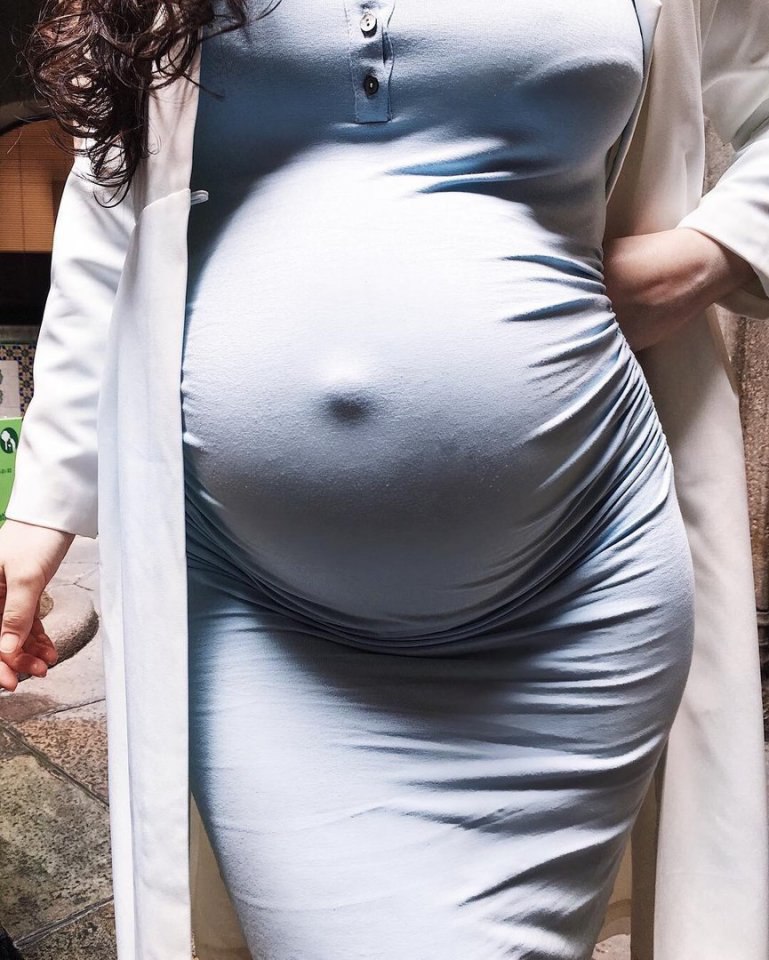 It will pass in a week.
It will pass in a week.
New topics
-
Henna exit + gray hair
No responses
-
suggest an interesting series
No answers
-
I don't want to live
No answers
-
What to ask for a birthday?
No answers
-
disgust to mother
No answers
#39
#41
#43
#45
#46
#47
Aya
My baby is 3.5 months old. He has a blue oval spot on his pope. At first I thought it was a bruise from cotton during childbirth. But it still doesn't work. We didn't have any vaccinations. The surgeon does not pay any attention to this. Has anyone had anything similar?
#47
#48
natalia yesterday got vaccinated in the ass. he was twitching all over. ate ate done. In the evening, a small bump formed. and today, almost the entire ass is pink. I touched it and it is warm and pulsating. who knows what it is, it's so scary. and the child is complaining. damn and tomorrow is saturday(((who knows how you can help((((
#47
Aya
My baby is 3. 5 months old. He has a blue oval spot on his pope. At first I thought it was a bruise from cotton during childbirth. But it still doesn't work. We didn't have any vaccinations. The surgeon does not pay any attention to this. Has anyone had anything similar?
5 months old. He has a blue oval spot on his pope. At first I thought it was a bruise from cotton during childbirth. But it still doesn't work. We didn't have any vaccinations. The surgeon does not pay any attention to this. Has anyone had anything similar?
Lump on the gum, what should I do?
The appearance of formations on the gums that look like a bump is a fairly common pathology. Lump on the gum, what to do?
This formation is evidence of an ongoing inflammatory course in the patient's oral cavity. Such symptoms confirm that the existing disease is at a late stage: exudative fluid or pus has already formed. This is the aggravation of the situation. You can't delay the process. You must immediately see a doctor so as not to bring the disease to critical consequences.
Contents
- Reasons for the formation of cones on gums
- Possible diseases with painless seals and their treatment
- Types of diseases with painful cones and their treatment
- Preventive procedures
9059 9000 9000 9000 9000 9000 9000 9000 9000 9000 9000 9000 9000 9000 9000 9000 9000 . Most often, the growth of a tubercle on the gum follows from the lack of hygienic care for the oral cavity or poor hygiene. Food particles remaining in the mouth contribute to the appearance of plaque, the development of microorganisms that cause certain ailments. Periodontal tissues begin to be affected by infectious agents. This is the infectious nature of the neoplasm on the gum.
Most often, the growth of a tubercle on the gum follows from the lack of hygienic care for the oral cavity or poor hygiene. Food particles remaining in the mouth contribute to the appearance of plaque, the development of microorganisms that cause certain ailments. Periodontal tissues begin to be affected by infectious agents. This is the infectious nature of the neoplasm on the gum.
Non-infectious circumstances of the growth of the ball on the gums are gum injuries, a reaction to medications with aggressive effects, the genetic characteristics of a person.
The most common pathology motivators include:
- disgusting oral care and neglect of basic hygiene;
- traumatized periodontium due to falling, damage by hard food, fork, toothpick;
- teething;
- pathology of cysts;
- periodontal inflammation;
- inflammation of the gums - gingivitis;
- carious lesions of dental units;
- malignant neoplasm;
- benign tumor;
- complexity of the post-implantation period;
- misuse of prostheses;
- fear of visiting dentists, fighting pain with the help of painkillers.

On the gums there are bumps of an acute, chronic nature. Acute - are treated more easily than protracted. Cones of a chronic nature are difficult to treat. They are often removed by surgery. Both types of formations require immediate dental intervention.
The bumps on the gums sometimes dissolve on their own (oh — a miracle!), but the fact that they appeared already indicates an unhealthy state of the mouth. Doctors of dentistry Cerekon advise you to definitely visit a medical facility. And if there is such an opportunity, please contact us, at Cerekon, because we are the largest dental center in Moscow , 40 (!) Rooms on more than 2000 (!) sq. Meters, having all the necessary diagnostic and treatment equipment, and located within walking distance of 100 meters from the metro station Technopark.
Possible diseases with painless seals and their treatment
In some dental diseases, bumps appear on a certain part of the gums, which absolutely do not cause pain to a person.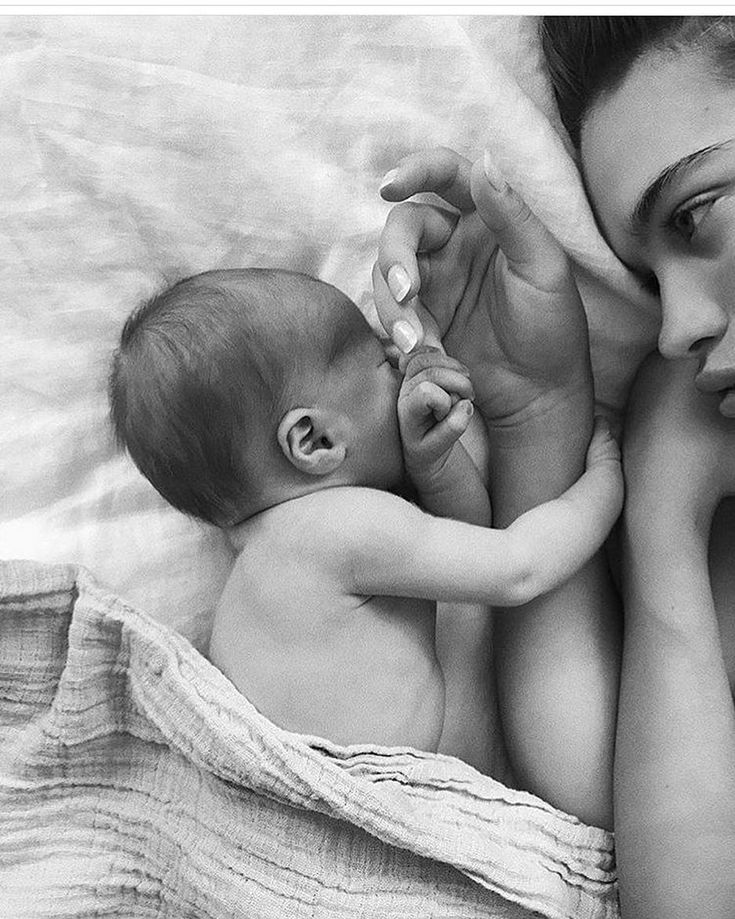
It is a purulent lump with a small opening for the expiration of the pus. If the outlet for purulent formation is not clogged with dense exudate, then the bump does not hurt.
Fistula occurs:
- after complicated periodontitis of one's own tooth, and
- as a result of the development of peri-implantitis in the area of a previously installed implant.
That is, the fistula itself is already an outlet for inflammation, and the inflammatory process itself is located deep in the gum tissues. Infected tissues proliferate. Even with the outflow of purulent fluids, the lack of treatment of the fistula flows into a permanent stage. The threat of the spread of infection, the loss of a dental unit or an implant increases.
Purulent fistula occasionally forms after unsuccessful tooth therapy, when the cavity of the dental unit is poorly cleaned.
The fistula is detected visually. At the Cerekon clinic, doctors prescribe an X-ray examination or computed tomography, the results of which will give accurate data on the severity of the disease, the characteristics of the appearance of a fistula.
Treatment of periodontitis fistula:
Fistulas are treated symptomatically by rinsing with gum softeners to hasten the disappearance of pus. If the fistula was caused by granulating periodontitis, then treatment begins with the therapy of the affected tooth. Full cleaning and disinfection is carried out. Ultrasound, laser processing are used.
The cleaned tooth cavity is filled with a cementing mixture. If necessary, prescribe antiallergic drugs, antibiotics. For better healing, the use of weak saline solutions is prescribed. The therapy is carried out in a complex manner. It lasts for several days. When the condition of the gingival purulent fistula is neglected, specialists resort to surgery.
Treatment of fistula in peri-implantitis
If the fistula has developed as a result of peri-implantitis (that is, in the area of the implant), then the patient should immediately, without delay, visit an implant surgeon who will determine the tactics of treatment. If you delay, you can easily lose the implant, it will need to be removed.
If you delay, you can easily lose the implant, it will need to be removed.
Periodontitis
A hard bump appears in periodontitis. It reaches a size of up to 1 cm. Its etiology is infection of open channels, pulpitis. An abscess is formed in the upper region of the root. When the pus comes out, there is no pain. If no action is taken, then the lump may be transformed into a cyst, a dental granuloma.
Therapy consists of repeated opening of the channels, cleaning, treatment with antiseptics. A temporary filling material is installed until complete recovery. Sometimes antibiotics are prescribed. After the disease is eliminated, a permanent filling is placed.
Hematoma
Gingival swelling contains a watery composition. It is soft to the touch. The onset of a hematoma is associated with trauma to the gum tissue resulting from the removal of a tooth element, other dental interventions, household bruises, and falls.
Hematoma is caused by:
- fragility of vessel walls;
- malocclusion;
- sharp teeth;
- problems with dentures;
- low blood clotting;
- chronic diseases and others.

Hematoma appears when blood vessels in tissues are ruptured or damaged. The color of the neoplasm is red, cyanotic, yellow. With long-term pathology, there may be cases of ulcers, erosion.
Cooling compresses, analgesics, physiotherapeutic manipulations, pressure bandages are used for healing. If the hematoma is festering - opening, drainage.
Exostosis
Exostosis disease is an abnormality of the jaw, the outward protrusion of the bone. The seal is hard, painless, represents an osteochondral or bone outgrowth. Has a benign character.
The reason for its origin is:
- hereditary predisposition;
- traumatic consequences;
- birth defect.
Over time, the bump tends to grow, transform into a malignant formation. A surgical operation can get rid of the pathology. X-rays are used for correct diagnosis.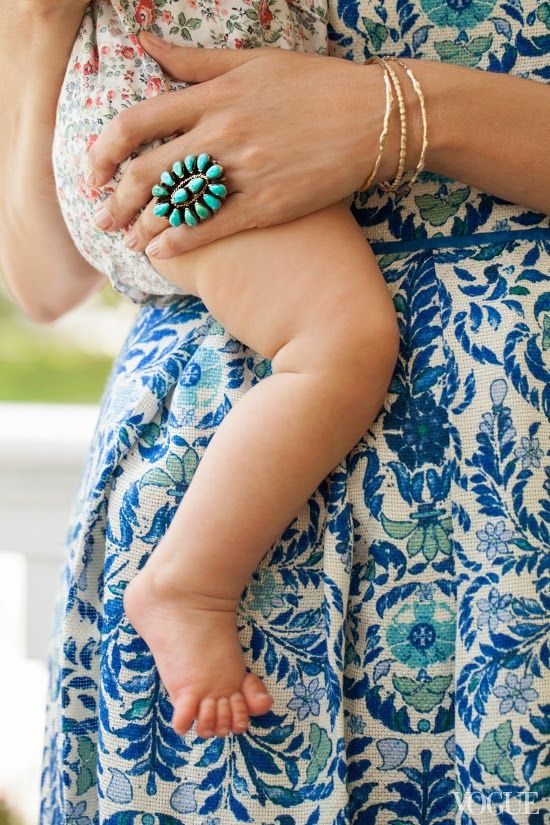 The patient is offered to undergo surgical intervention in case of cosmetic defects, an accelerated increase in growth, the occurrence of pain symptoms.
The patient is offered to undergo surgical intervention in case of cosmetic defects, an accelerated increase in growth, the occurrence of pain symptoms.
Epulis
This neoplasm on the gum is in the form of a mushroom, has a stem, pink, red color. More common among female patients, and even when teething children's teeth.
The etiology of epulis (epulida) is different:
- after traumatic situations;
- malocclusion;
- poor quality dentures;
- caries;
- hormonal failure.
To clarify the diagnosis, the client undergoes histological testing, radiography. Therapeutic measures are aimed at eliminating the source of the disease. In particular cases, the cones are subject to excision by the surgical method to healthy tissues.
Types of diseases with painful bumps and their treatment
Many visitors come to Cerekon with a bump that has appeared on the gum zone, with severe pain.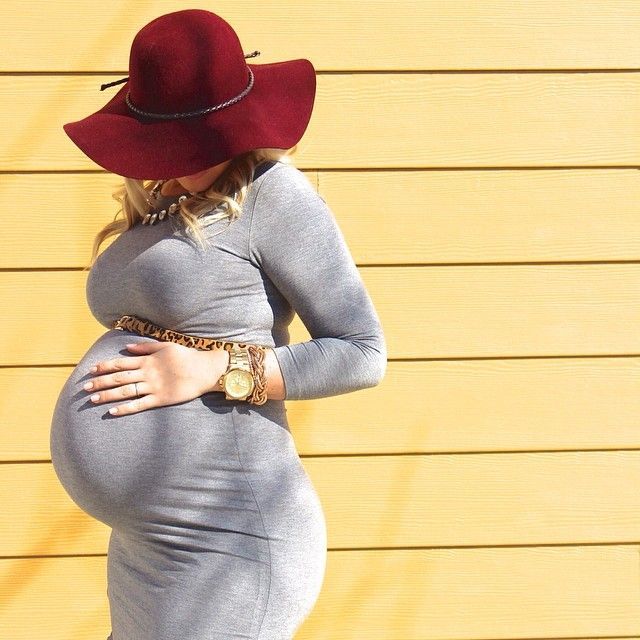 Painful formations can occur with several dental pathologies.
Painful formations can occur with several dental pathologies.
Periostitis
This is an inflammation of the periosteum of the lower or upper jaw. If periodontitis (flux) is running, then pus enters the bone tissue, giving rise to periostitis. The mucous membranes swell, temperature indicators increase, inflammation of the lymph nodes is possible. The patient complains of jerking pain. The disease can be indicated after the removal of the dental unit.
The disease is very dangerous for humans. In the absence of measures, it leads to an inflammatory condition of the jaw bones, phlegmon, sepsis.
For treatment, cleaning, expansion of channels, disinfection are carried out. Under the short-term filling composition put the medicine. Treatment is long - up to two months. With the disappearance of the symptoms of the disease, the tooth is treated with an antiseptic solution, a permanent filling is applied. If the symptoms do not disappear, the tooth is removed.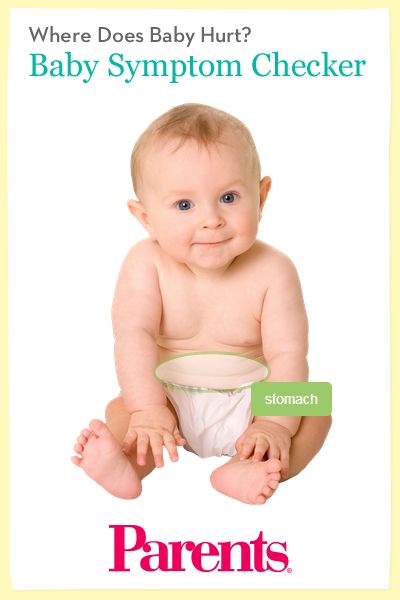
Periodontitis
Gum disease that leads to the destruction of tissues that hold the tooth elements is periodontitis. Occurs with beriberi, the formation of tartar, the use of aggressive drugs, undistributed load during chewing, damage to the oral mucosa.
Bleeding gums, loosening of teeth, formation of gaps. Periodontal pockets are formed, the mouth smells bad, purulent exudate is released. The tooth neck is exposed. The patient reacts to hot, sour, cold. A cone grows in the form of a light ball.
Periodontitis is treated on an outpatient basis: removal of tartar, washing the tooth pocket with antiseptic liquids, when antibiotics are needed. Serious lesions are treated with surgery.
Gingivitis
Red bright bumps on the gums, hyperemia, bleeding, swelling of the gums are signs of hypertrophic gingivitis. Failure to comply with oral hygiene standards, the reproduction of harmful microorganisms, and the spread of infection lead to it.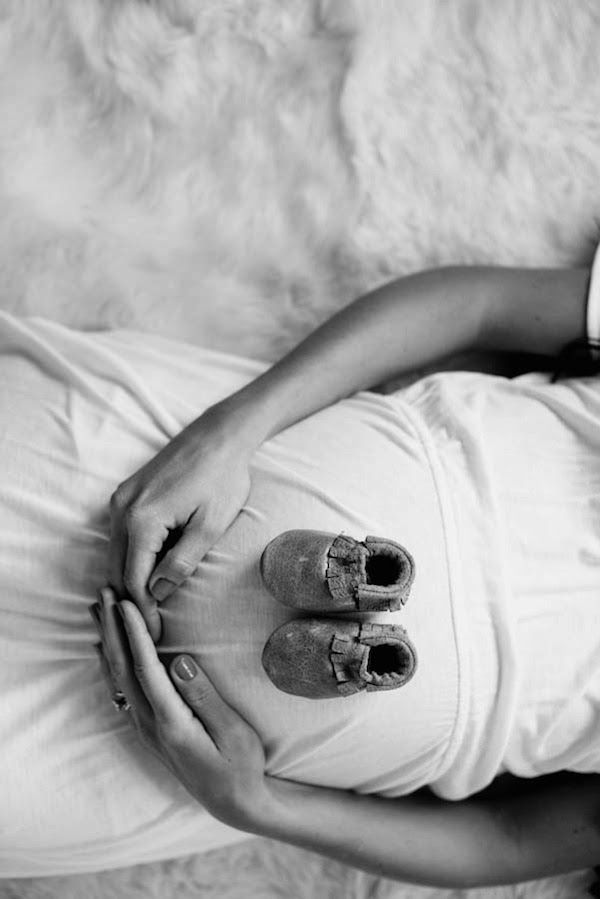 The gum tissue is not deformed, but the inflammation affects the mucosa. This is the initial stage of periodontitis.
The gum tissue is not deformed, but the inflammation affects the mucosa. This is the initial stage of periodontitis.
Dentists prescribe ointments, gels, rinses for the treatment of gingivitis. Therapy can be carried out at home, but periodically you should contact a medical organization to monitor the treatment process. The main treatment is the necessary proper oral care.
Preventive treatments
To avoid gum bumps, everyone should follow these guidelines:
- brush your teeth properly and regularly;
- rinse the mouth after eating;
- timely replace the old brush with a new one;
- choose the right brush and paste;
- limit the intake of sweet, sour foods, do not combine cold and hot food;
- monitor the diet, enough vitamins and microelements consumed;
- perform gum massage, oil compresses;
- prevent injury to teeth and gums;
- exclude self-medication;
- do not disturb the frequency of a scheduled visit to the dental hospital.

Highly qualified doctors of dentistry Cerekon recommend that if you find minor seals on the gums, contact dentistry. The emerging disease is easier and faster to cure immediately than after severe complications that have arisen. Timely diagnosis of bumps on the gums, competent treatment will save the patient from unwanted problems.
Reviews
5/5
I have been trusting the treatment of my daughter’s denture only asvat Muradovna. She is a doctor from God! I was able to find an approach to a child who used to fall into hysterics at the sight of a dentist. Thanks to her efforts and talent, 5 milk teeth were saved. Although other experts advised to remove them. Now Mashenka agrees to both examinations and treatment without any problems.
Daria, 37 years old
5/5
Acquaintance with the Children's Dentistry "Cereecon" and specifically Morozova Alexandra Yuryevna began in connection with the acute pain of my ministry.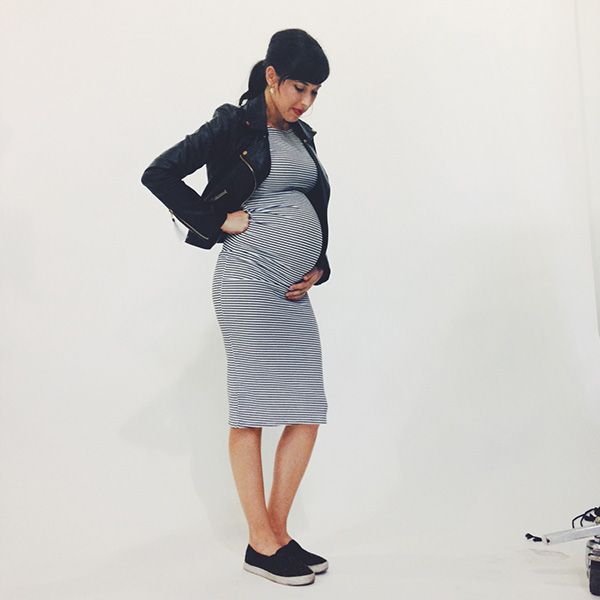 son at night. The child was crying a lot, so we turned to the emergency dentistry closest to the house. Alexandra Yurievna immediately discovered pulpitis on the 4th tooth on the upper right and quickly dealt with it. When we returned home after the treatment, my son was able to fall asleep immediately. In the morning the mood was excellent and there was no trace of pain. Thank you very much!!!
son at night. The child was crying a lot, so we turned to the emergency dentistry closest to the house. Alexandra Yurievna immediately discovered pulpitis on the 4th tooth on the upper right and quickly dealt with it. When we returned home after the treatment, my son was able to fall asleep immediately. In the morning the mood was excellent and there was no trace of pain. Thank you very much!!!
Aleksandra, 42 years old
5/5
My son wrestles. At the competition, his front tooth was knocked out. I did not want him to go toothless and shy to smile. On the advice of a colleague, we turned to the pediatric orthopedist Shampriani Magdalina Giyaevna from the Cerekon clinic. Impressions are just super! She listened to the problem, carefully examined the mouth, suggested possible options for restoring the tooth. We settled on a prosthesis in the shape of a butterfly. My son has been wearing it for a month now and is very happy with it.



